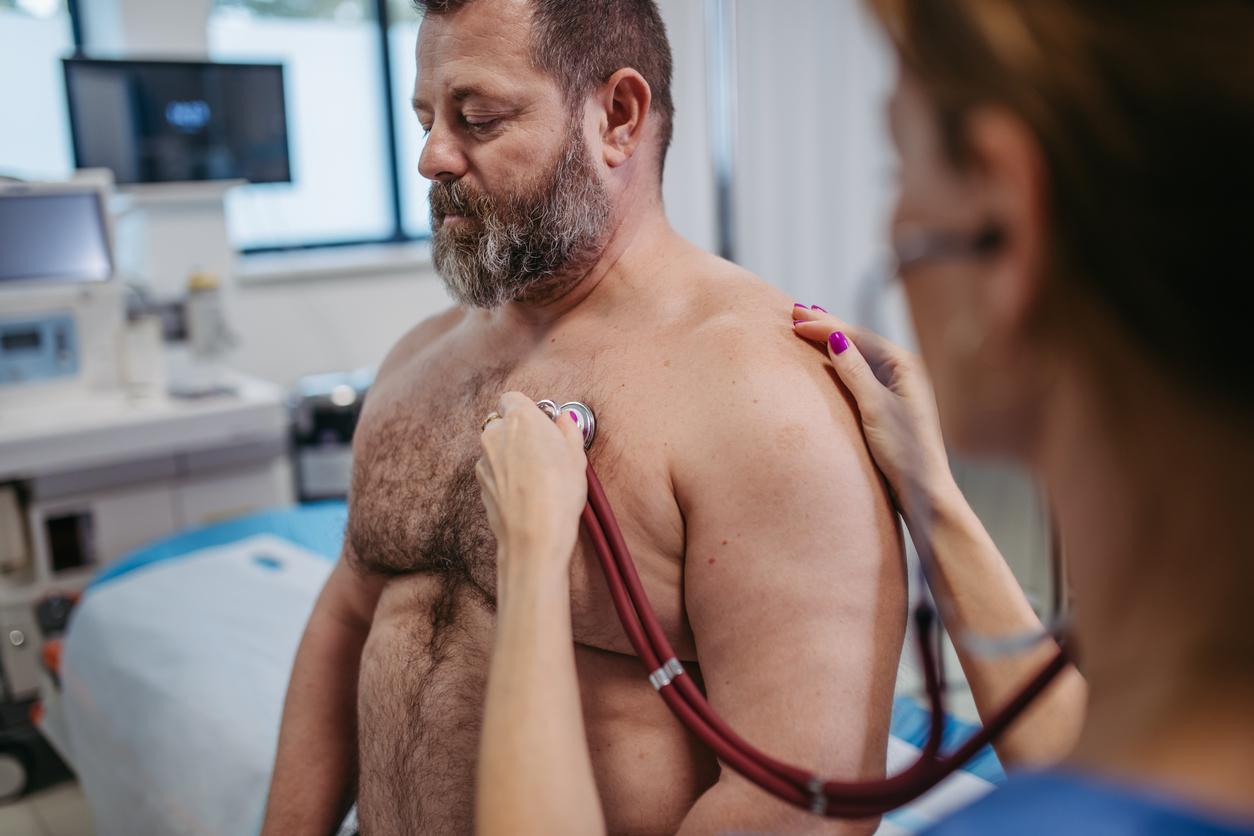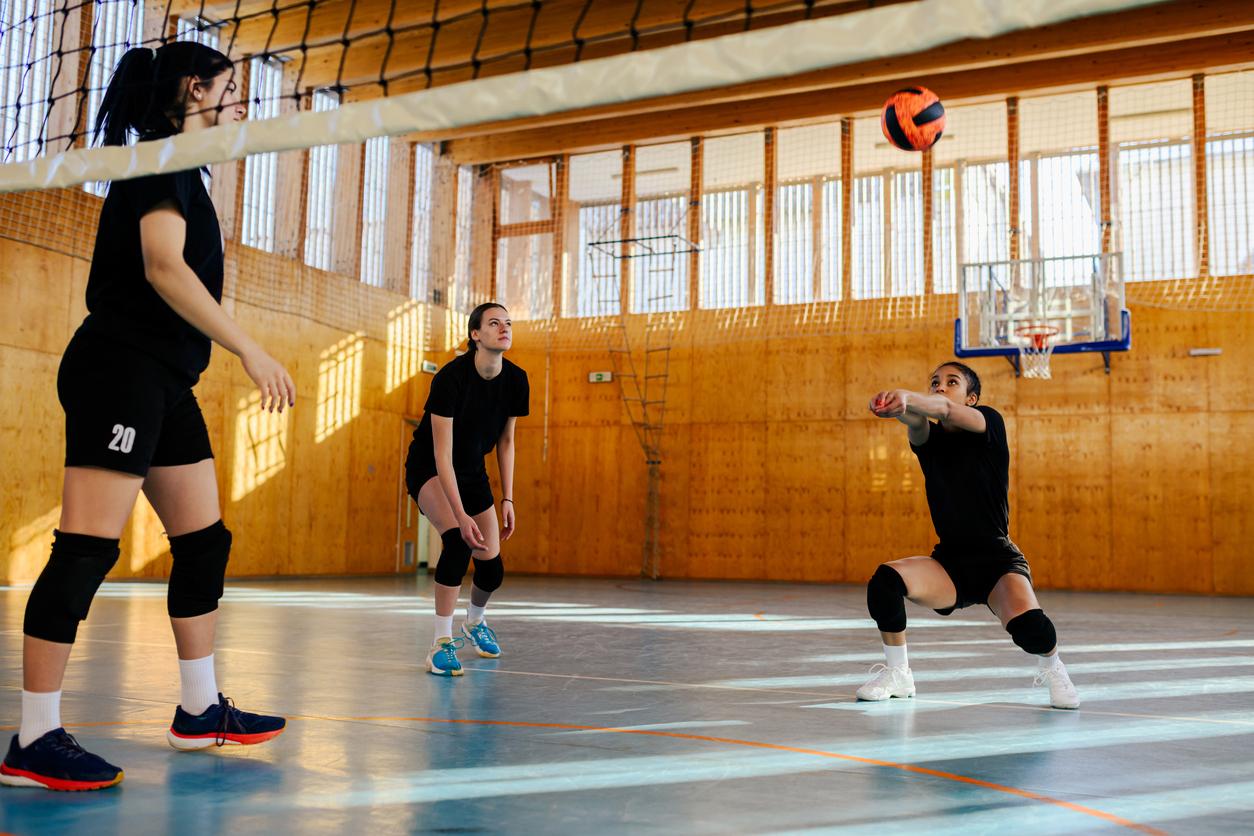
While we know that Covid toes, characterized by skin lesions in the toes, are part of the side effects of a Covid-19 infection, little was known about the origins of this skin reaction. Researchers at Saint-Louis Hospital in Paris are giving new perspectives on the origin of the Covid toe. According to the results of the study, the responsible for these inflammations are two mechanisms of the immune system.
Researchers attempt to explain Covid toe phenomenon
First reported on March 8, 2020 in an Italian, the Covid toe is a side effect of Covid-19 which results in skin inflammation that develops in the feet and sometimes the fingers. Similar to frostbite, the toes of patients with this unexpected reaction swell and turn blue, red or even purple. Several studies have already shown that these lesions last fifteen days on average and can last for several months. Research has also shown that this symptom particularly affects children and adolescents.
Thanks to researchers at Saint-Louis Hospital in Paris, we now know a little more about the causes of this inflammation. Charles Cassius, dermatologist at Saint-Louis hospital and author of the study explains that “ the epidemiology and clinical features of frostbite-like lesions have been extensively studied and published. However, little is known about the pathophysiology involved. Our study provides new insights “.
Covid toes, an immune system response
To understand the origin of the Covid toes, the researchers gave blood and skin tests to fifty patients affected by this side effect as well as thirteen patients treated for frostbite before the Covid-19 epidemic. Published in the British journal of dermatology, the results of the analyzes suggest that two mechanisms of the immune system are responsible for the appearance of these inflammations.
The first would be a type of cytoplasmic antibody which has the particularity of attacking the virus but also of attacking the own cells and tissues of the individual affected by Covid-19. The second mechanism relates to type 1 interferon (IFN) which contributes to the antiviral protection of the host and which is characterized by microangiopathy leading to clinical frostbite. In addition, infection with Covid-19 would trigger the expression of this interferon which would give rise to the appearance of skin lesions.
















